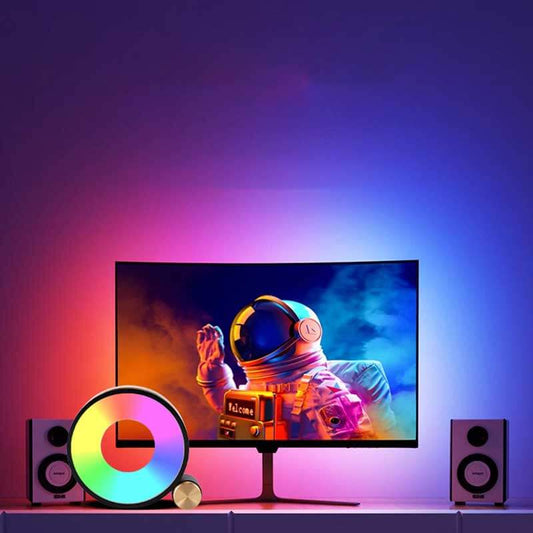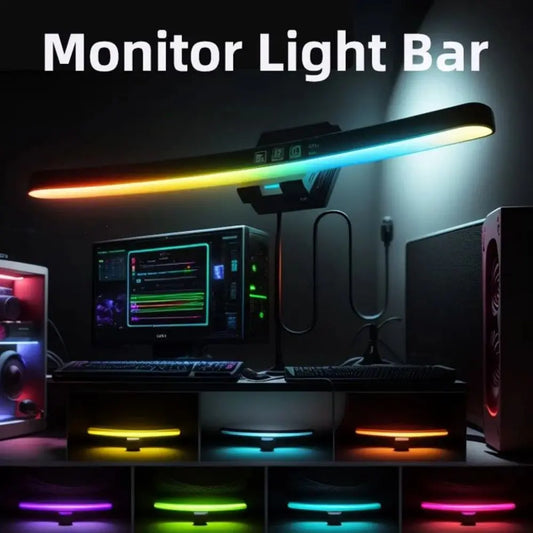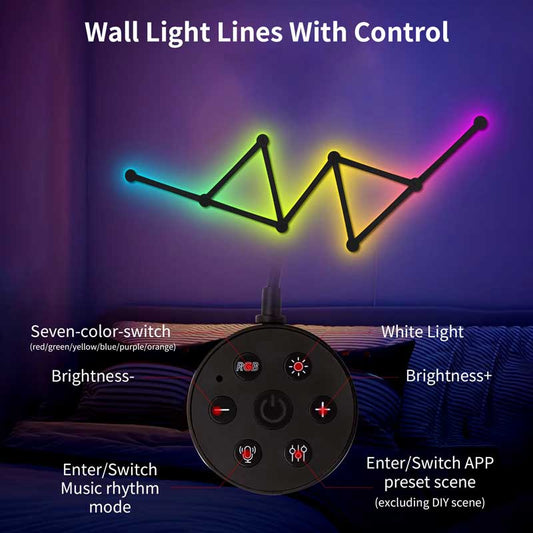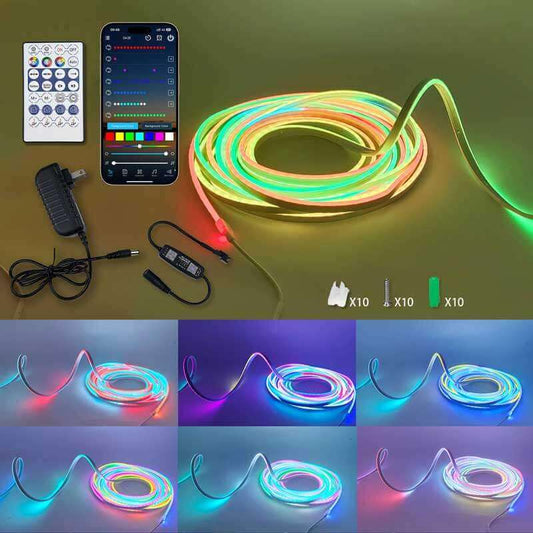What is an avian light?
Share
An avian light is a specialized type of lighting designed specifically for birds, especially in the context of their safety, health, and welfare. These lights are often used in environments where birds live, such as aviaries, pet bird enclosures, and bird sanctuaries, as well as in places where bird migration occurs.
The primary purpose of avian lights is to mimic natural light conditions, ensuring that birds have the appropriate lighting for their circadian rhythms, breeding cycles, and overall well-being.
Key Characteristics of Avian Lights:
-
Full Spectrum Lighting:
- Avian lights often use full-spectrum lighting, which is designed to simulate natural sunlight by providing a broad range of wavelengths, including UV (ultraviolet) light that birds can see. UV light is crucial for birds, as it plays a role in their behavior, health, and vitamin D production.
- Many species of birds rely on UV light to locate food and navigate, and they also use it for social interactions, such as identifying mates. For pet birds, full-spectrum lights provide the essential UV exposure that would typically be obtained from sunlight.
-
UVB and UVA Light:
- UVB light is essential for calcium metabolism and helps birds synthesize vitamin D3 from sunlight. This vitamin is important for bone health and overall well-being.
- UVA light allows birds to perceive the world in a way that enhances their ability to distinguish colors and patterns, something that is important for socialization, finding food, and mate selection.
-
Light Intensity and Duration:
- Avian lights are usually designed to mimic the intensity and duration of natural daylight. This helps regulate the birds' sleep-wake cycles and overall circadian rhythms, ensuring that they have appropriate day-night cycles for healthy sleep patterns.
- For birds kept indoors, a 12-14 hour light period followed by a dark rest period is generally recommended to simulate a natural environment.
-
Bird-Friendly Colors:
- While humans typically think of white light as being natural, for birds, full-spectrum lights that include a combination of visible light and UV rays (such as UVA and UVB) are more suitable. These lights help birds feel more natural in their habitat and ensure they receive adequate stimulation for their eyes and behavior.
Benefits of Using Avian Lights:
-
Health and Wellness:
- Vitamin D3 synthesis: Since birds need UVB light to produce vitamin D3, which is critical for calcium absorption and bone health, avian lights that emit UVB are essential for indoor birds, especially in areas with limited sunlight.
- Prevents deficiencies: Lack of proper UV exposure can lead to health issues like bone deformities, feather plucking, or poor reproductive health.
-
Behavioral Health:
- Birds require certain light levels for natural behaviors, including breeding, mating, and foraging. Using the right type of light can help keep birds in good spirits, encourage healthy social behaviors, and provide them with stimulation that reduces boredom.
-
Improved Navigation and Interaction:
- UV light allows birds to see things that humans cannot, such as patterns on flowers or feathers of potential mates, which is crucial for both foraging and social behavior.
-
Enhanced Colors:
- Full-spectrum lights help bring out the vivid colors in birds' feathers, which is important for mating and bonding.
Types of Avian Lights:
-
Full-Spectrum Fluorescent Bulbs:
- These are the most common type of avian lighting and are designed to emit a balanced mix of visible light and UV light. Many are labeled as "bird-safe" and provide both UVA and UVB exposure.
-
LED UV Lights:
- Some modern LED lights now offer the benefits of both full-spectrum lighting and UV radiation, making them efficient and energy-saving options for bird owners. These lights have a longer lifespan than fluorescent bulbs and can be customized for the bird's needs.
-
Compact Fluorescent Lights (CFLs):
- These bulbs also offer full-spectrum lighting with UV radiation. They are smaller than traditional fluorescent bulbs but still provide adequate UVB light for birds.
Precautions for Using Avian Lights:
- Proper Distance: The light source should not be placed too close to the bird, as excessive UV exposure can be harmful. Generally, the light should be placed 12-18 inches away from the bird's perch.
- Use a Timer: To mimic natural daylight hours, it’s best to use a timer for the lights to ensure the birds get a proper 12-14 hour light cycle, followed by a period of darkness.
- Avoid Overexposure: While UV light is important, overexposure to UVB can cause burns or other health issues for birds, so make sure the lights are the appropriate strength and distance for the bird species.
Where to Buy Avian Lights:
- Pet Stores: Many pet stores offer avian lighting systems designed specifically for indoor birds, including full-spectrum fluorescent bulbs and LED UV lights.
- Online Retailers: Websites like Amazon or specialized bird care sites often have a wide selection of avian lighting options.
Conclusion:
An avian light is a type of light that is specifically designed to meet the needs of birds, particularly for indoor birds that may not have access to sufficient natural sunlight. These lights offer full-spectrum lighting, including UVA and UVB light, which is essential for healthy vision, calcium absorption, and proper behavioral health. By providing your birds with appropriate lighting, you can ensure that they thrive in their indoor environments, maintaining both their physical and psychological well-being.




